With a population of some 700,000+ people, Riga is the largest city of the three Baltic countries, and has the cosmopolitan feel to match the status. Once the favored sun-and-beach destination for the Soviet elite descending upon the nearby beach resort village of Jurmala, Riga now attracts both business opportunities and young partiers from Europe, a particularly favored spot for British stag parties. This is perhaps a fitting new era for a city founded some 900 years prior by an odd combination of traders, mercenaries and missionaries.
In addition to a pretty and colorful old town, Riga is particularly striking for its extensive German Art Nouveau architecture, a UNESCO World Heritage Site deemed unparalleled anywhere else in the world.
June 23rd,2009
Latvia |
2 Comments
Originally built as a fortress by Russian czar Nicholas I in 1820 to protect the city, Tallinn’s Patarei (Battery) Prison saw more extensive use as a Soviet detention center in the Baltics.
The whole place was entirely spooky and discomforting, bone-chillingly damp and cold even in June. It would be difficult to imagine it during the harsh and particularly dark winter months when its location so far north of the equator mean only a few hours of dim sunlight per day.
Some rooms and corridors were entirely too unlit and menacing even for me, most especially the pitch black narrow hallway leading to the purpoted execution chamber. I attempted to walk through it several times and into what might lay at the other end of it in full darkness before coming to the conclusion that maybe if all the hairs on the back of my neck kept standing straight up each time there might be a legitimate reason and I’d be best be moving along.
June 21st,2009
Estonia |
2 Comments
This Patarei Prison on the sea in Tallinn was extensively used by the KGB, and then by the Estonians themselves after their independence in the early 90s. It housed prisoners until 2004 and is now open to the public…barely.
In fact, I was the only “public” when I visited this large complex, the only person roaming the stark and creepy halls of this haunted and depressing relic, moving carefully through the labyrinth of darkness and debris and keeping a very keen alertness as to my route out.
June 19th,2009
Estonia |
1 Comment
With a population of just over 400,000, the thousand-year old fortified city of Tallinn is nevertheless Estonia’s largest city, just 50 miles south of Helsinki across the Gulf of Finland.
June 17th,2009
Estonia |
No Comments
One of my cousins is a brilliant mechanical engineer working in Finland on the construction of the largest cruise ship in the world, so I figured it would be a perfect opportunity to pop by for a quick visit.
Finland is one of the larger countries in Europe but its most sparsely populated, with just over 5 million inhabitants. Actually part of the Swedish kingdom from the 13th century on, the Finns and Swedes successfully fought off two Russian invasion attempts in the early 18th century. Alas, on their 3rd try the Russians proved successful and in 1809 Finland became a Duchy in the Russian empire.
The Soviet revolution a century later in 1917 provided the window Finland needed to break away, and after a brief civil war Finland gained independence for the first time in over 700 years. But a mere 22 years later, the infant country was hit with the Second World War.
WWII saw Finland fight three wars. First the Soviets attacked in 1939 in what is known as the Winter War. The Soviets had four times as many soldiers as the Finns, 30 times the aircraft and 218 times the number of tanks and expected to win the war in 10 days. The Finns proved remarkable and highly motivate fighters, however, and by March 1940 the Soviets gave up with substantial military losses and signed a peace treaty. (This was actually quite embarrassing for the Soviet Union and is part of what led Hitler to believe that the country was military inept and could be conquered relatively easily.)
Soviet military threat and pressure remained, however, so with little to no help forthcoming from Sweden or the Allies, Finland accepted the military aid of Nazi Germany. When Hitler invaded the Soviet Union in June of 1941, the Soviets retaliated in part by bombing Finnish cities which had German garrisons. Finland in turn declared war on the Soviet Union and participated in Hitler’s advance into the country, including fighting in the famous Battle of Stalingrad. As a result of Finland’s association with Germany, Great Britain formally declared war on Finland (although no fighting ever took place between the two countries.)
Of course the tide of the war changed and the Soviet Red Army eventually stopped and pushed back Hitler’s forces all the way back to Berlin. This led to an armistice between Finland and the Soviet Union, one major condition of which was that Finland had to expel the Nazi Germans from Finland.
And so Finland found itself fighting a third war, this time against their previous allies the Germans from late 1944 to 1945, and after successfully completing this post-war Finland was forced to pay heavy reparations to the Soviet Union.
Although technically part of Nazi Germany’s Axis allies, Finland was nevertheless an unusual player in the war. As Wikipedia notes:
“During World War II, Finland was in many ways a unique case. It was the only European country which bordered the Soviet Union in 1939 and was still unoccupied in 1945. Of all the European countries fighting in World War II, only three European capitals were never occupied: Moscow, London and Helsinki. It was a country which sided with Germany, but in which native Jews and almost all refugees were safe from persecution. It was the only co-belligerent of Nazi Germany which maintained democracy throughout the war. It was also the only belligerent in mainland Europe to do so.”
A very socialist state for much of the post-war period, Finland has deregulated significant portions of its economy and cut taxes in recent years, and it joined the European Union in 1995. One of the country’s biggest issues is its low fertility rate and hence ageing population, with the current median age at almost 42 years old.
A few photos from the Helsinki harbour and nearby little islands:
June 10th,2009
Finland |
No Comments
In Italy I pretty much forgot all about my camera and simply rushed like a bandit from one awesome historical city to the next. Genoa, Pisa, Florence, Rome, Vatican City, all blazed through unapologetically in true whirlwind tourist fashion.
Only by virtue of the occasional afterthought did these few snapshots manage to get taken while I wallowed in and soaked up a few thousand years of Roman and Catholic histories.
June 9th,2009
Italy |
4 Comments
Around 350 BC the Greeks of Massilia (Marseille) won a victory over neighboring Ligurians and founded a new settlement there on the Mediterranean called Nikaia, named after Nike, the goddess of victory. Today that city is Nice, France’s leading tourist draw on the French Riviera and the 2nd most visited destination in the country after Paris.
Compared to neighboring its gray and gritty port neighbor of Marseille to the west, Nice is lively, colorful and relaxing. Fun and holiday compared to fishing and port industry.
But it’s Nice’s famous neighbor just a few minutes to the east that’s the most interesting of all.
In 1297, a Genoan by the name of Francesco Grimaldi and a friend came up to the fortress protecting the Rock of Monaco dressed as a Franciscan monks and asked for shelter. When the guards opened the gate to let them in, they drew swords hidden in their tunics, slew the guards and gave access to their men to overtake the fortress. The kingdom of Monaco remains under the rule of the Grimaldi family to this day, with two sword-wielding monks on the official coat of arms.
How a country that’s 0.75 square miles in total surface area, which you can walk across in 56 minutes, is entirely surrounded by France (and the Mediterranean), with a population of just some 30,000 and no army has managed to survive for over 700 years in volatile Europe is one of the wonders of European history. Sure, it’s been invaded, first by the French, then by the Italians, and as late as WWII by the Germans. But Monaco suffered relatively little during these occupations and has always immediately bounced back quickly and peacefully to independence, always under the leadership of the Grimaldi royal family.
A major tourist destination for the rich and famous, Monaco’s economy thrives on tourism and with no income tax as a tax haven of sorts for the wealthy elite of Europe seeking to escape the confiscatory socialistic tax policies of their respective home countries. As such, even of Monaco’s small population of 30,000, only 16% are native Monegasques, with the rest comprised of 125 other nationalities (the vast majority being French and Italian). And with a GDP per capita of over $70,000, twice that of the United States.
Part of the United Nations but not of the European Union, Monaco nevertheless uses the Euro as its currency. It is a constitutional monarchy ruled since 2005 by Prince Albert II. His father, Prince Rainier, ruled from 1949 to 2005 and was married to his mother the late Princess Grace, better known to 50s film buffs as the beautiful all-American blonde actress Grace Kelley (ranked as the 13th greatest female stars of all time, with notable films including High Noon, Dial M for Murder, Rear Window, and To Catch a Thief).
The first images are from Nice; after the coat of arms are a few from Monaco.
June 7th,2009
France |
4 Comments
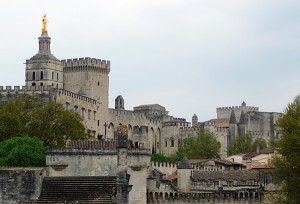
The French fortified city of Avignon
Given the enormous wealth and power of the Roman Catholic Church during the Middle Ages, it is not surprising that some disagreements would occasionally occur over the succession of the papacy. Whenever a substantial number of people within the church (including a large support of cardinals, not to mention sovereigns from other states) recognized a pope other than the traditional Bishop of Rome, that person has become historically known as an antipope.
The French fortified town of Avignon, just northwest of Marseille, in the 14th century played a very important role with both popes and antipopes. Here’s what happened.
With Rome increasingly unsafe and anarchic as rival families fought for control over the crumbling remnants of the old Roman empire and where even popes were no longer safe (his successor having been at one point kidnapped by political factions), Pope Clement V in 1305 moved the Roman Curia (the administration of the church) to southern France, where it within a few years settled in the loyal and heavily fortified town of Avignon.
From Pope Clement V in 1305 to Pope Gregory XI’s death in 1378, seven legitimate popes presided over the Roman Catholic Church from Avignon. From 1375 to 1378 the Papal States found themselves in open warfare with a number of Florence-led city states over disputes of territory and taxation. Pope Clement V returned to Rome in 1378 as part of an attempt to manage the quelling of this rebellion, but a difficult ship journey there ultimately led to his death a few months later.
There followed all manner of political intrigue. Amidst tremendous local pressure and rioting in Rome to elect an Roman pope after a string of French ones, the cardinals, not finding a suitable Roman candidate, elected Naples-born Pope Urban VI. Then the cardinals promptly fled Rome to avoid the wrath of the populace at having elected a non-Roman Pope. Pope Urban VI proved himself quite diplomatically ungifted, temperamental and arrogant, soon alienating both the majority of the cardinals and the King of France, who was already upset about the change from a French pope to an Italian one.
So not a few months later the same cardinals, now regretting their choice, claimed they had been pressured to elect Urban VI, renounced his legitimacy, and with the backing of the King of France elected what is now known as antipope Clement VII, an unsavory Swiss character who as cardinal during the war against Florence had personally commanded mercenary troops and authorized the slaughter of 4,000 civilians in the town of Cesena.
This created a major problem: the same group of cardinals had elected two different popes, each claiming legitimacy. And politically, half the European states supported one pope and the other half the other. This marked the beginning of what is known as the Western Schism, with concurring popes and cardinals in both Rome and Avignon.
Both popes died a few years later, each with their own successors. Force and diplomacy were attempted to try to reconcile the schism (with France even urging at one point for the Avignon pope to step down, and with the cardinals in Rome electing their pope with the express understanding that he would step down if the Avignon one also did), with unsuccessful results. In 1409 the cardinals arranged a council in Pisa to attempt to resolve the issue by having both popes resign and electing a new one. At the last minute both popes refused, each fearing treachery by the other side, and the cardinals elected another antipope, who died less than a year later and was succeeded by antipope John XXIII (if you’re counting, this now made for 3 simultaneous claimants to the papal office: the pope in Rome, the one in Avignon who was essentially stripped of his powers but refused to give up his claim, and the successor of the one elected in Pisa).
Finally, resolution came at the Council of Constance in 1414, 36 years later after the Western Schism began. Antipope John XXII (Pisa successor) agreed to step down, as did Roman pope Gregory XII after excommunicating the unsupported Avignon pope and calling for a new papal election. The cardinals elected Pope Martin V and the schism officially ended, with legitimacy conferred onto the papal succession that had previously taken place in Rome.
And thus ended Avignon’s central role in the Roman Catholic papacy: from a city that protected the Roman Curia for 73 years to a rival to the papal throne for the following 36. And now, a pretty, historical city famous for its wonderfully scented crops of lavender.
June 6th,2009
France |
1 Comment
In the south of France on the Mediterranean coast, Marseille is France’s second largest city after Paris and by far the oldest city in the country. There are paleolithic cave paintings that date back some 30,000 years, but the city proper was founded by Greeks in 600 BC as the trading port of Massida.
The city came under Roman rule with the rise of Julius Caesar, followed by the Visigoths and eventually Frankish king from the 5th century on. Marseille did not succumb to Parisian rule quietly, however. It revolted in 1262, several times in the 15th century, and naturally during the French Revolution. So enthusiastic were the 500 Marseillan volunteers sent up to Paris to defend the new revolutionary government that their marching song, La Marseillaise, became and is still today the national anthem of France.
Rendered infamous by the fictional prisoner Edmond Dantes in Alexandre Dumas’ The Count of Monte Cristo, Marseille is also home to the island fortress/prison, the Chateau d’If. The story of how it came to be built is an interesting one.
King Emmanuel I of Portugal sent Pope Leo X a rhinoceros as a gift, an exotic creature completely unknown on the European mainland. Alas, the ship carrying the rhino shipwrecked on the island of If. Upon hearing of this, the French king Francois I was unable to resist curiosity and came down from Paris to Marseille to see this creature for himself, and after visiting the island also decided that it would be the perfect location for a fortress to protect the port city. As a result, the Chateau d’If was built between 1524-31. (The rhinoceros, on the other hand, died on the island and never did make it to its intended recipient.)
The fortress never saw military action, but due to the dangerous ocean currents surrounding it became France’s Alcatraz, the ideal isolated and escape-proof prison. And in this role it excelled, quickly becoming France’s most feared and famous prison, primarily used for political and religious prisoners and achieving international fame with the release of Dumas’ Count of Monte Cristo. Fiction aside, no prisoner has ever escaped the Chateau d’If.
(The first four images are of Marseille coming in to the port. The rest are of or on the Island of If.)
June 5th,2009
France |
5 Comments
Gaudi and Barcelona go hand-in-hand. The man’s unique art and architecture are a proud feature of Barcelona’s cityscape, from furniture to sculptures to building facades.
But it is the still unfinished church of La Sagrada Familia which is the epic masterpiece of his career. A devout Roman Catholic, Antoni Gaudi spent the entirety of his later years working on it, to the point of sleeping in the crypt at night, until his death in 1926 at the age of 73.
The majority of these pictures are from the Sagrada Familia, whose construction continues and is planned for completion on the 100th anniversary of Gaudi’s death in 2026. While the overall design is Gaudi’s, some of the facade sculptures below are also the work of sculptor Josep Subirachs.
The graffiti doors are also from Barcelona but completely unrelated of course!
June 4th,2009
Spain |
6 Comments
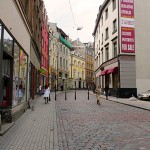
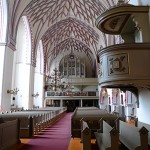
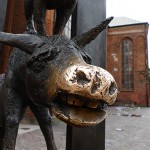
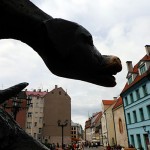
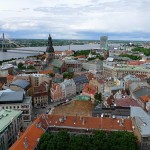
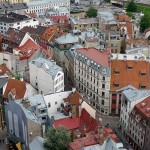
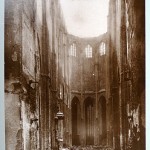
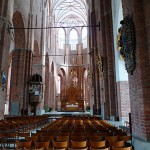
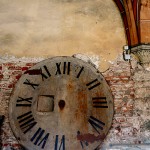
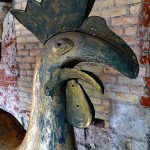
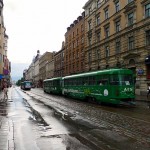
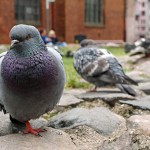
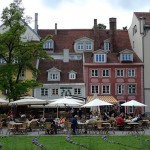

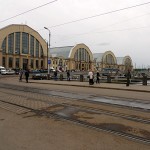



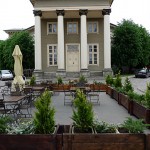
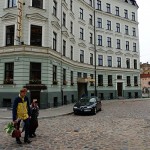
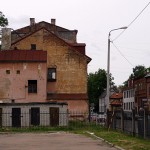
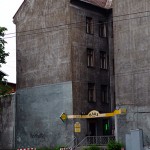
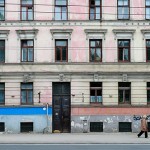
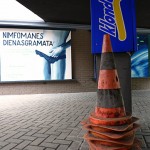
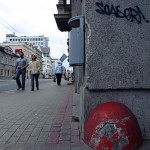
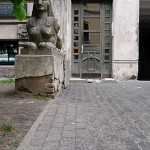
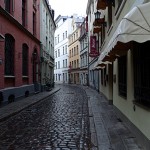
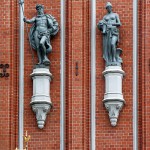
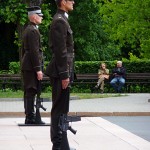
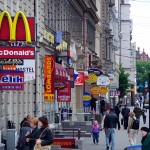
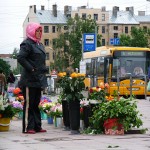
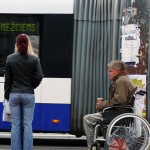
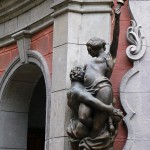
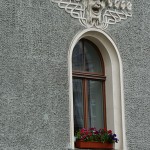
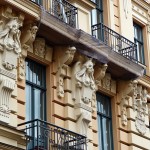
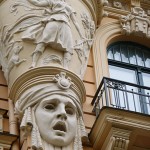
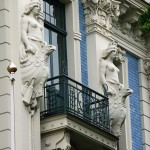
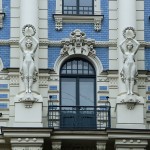
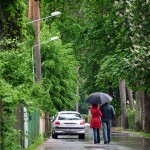

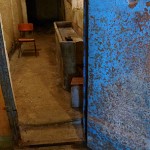
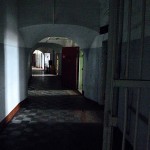
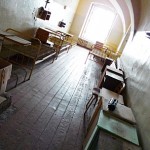
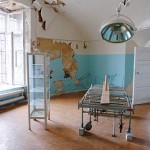
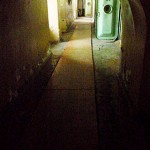
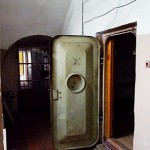
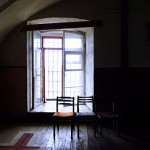
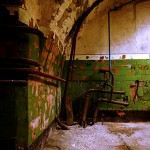
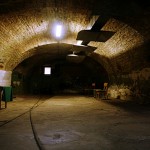
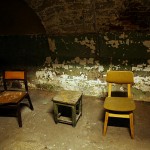
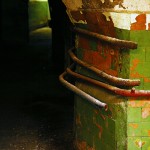
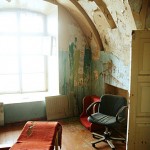
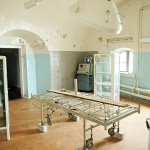
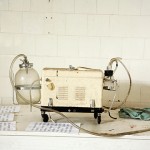


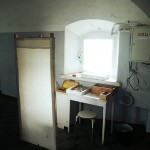
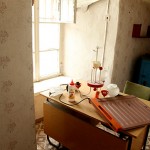
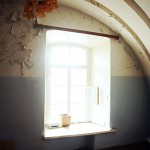
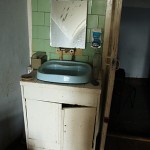
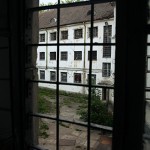
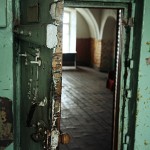
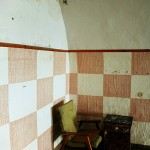
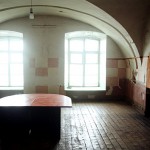
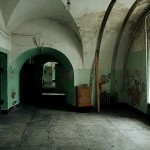
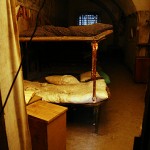
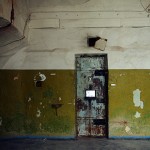
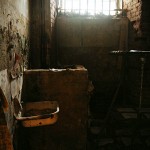
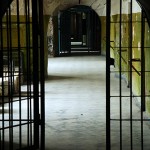
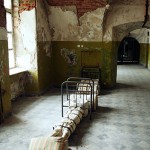

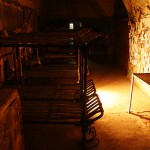
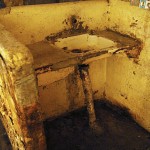
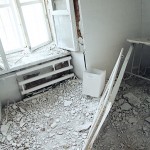
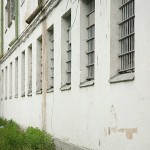
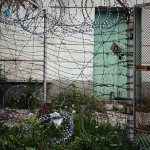
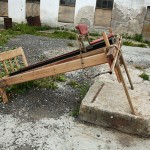
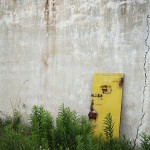
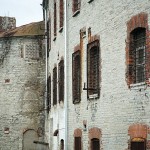
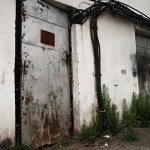
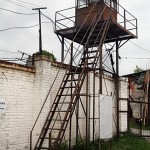
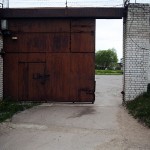
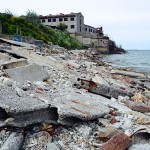
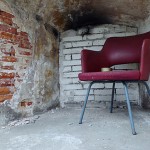
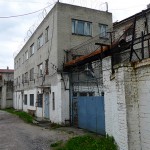
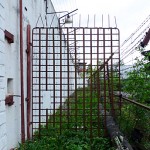
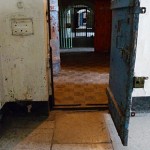
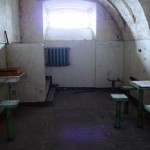
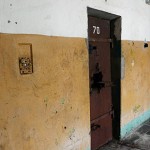
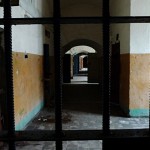
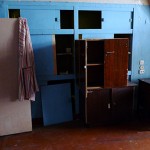

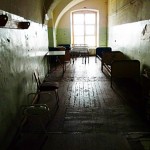
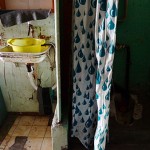

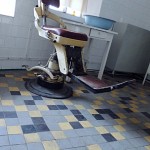
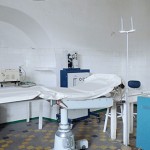
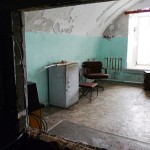
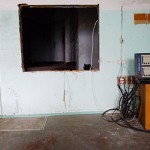
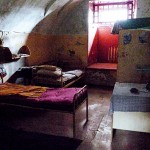
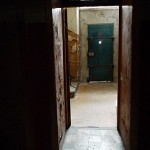
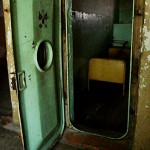
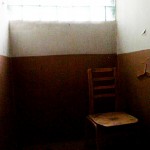


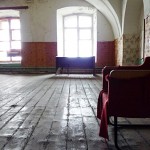
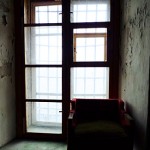

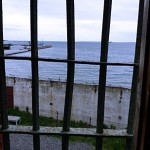
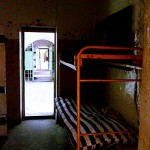
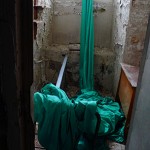
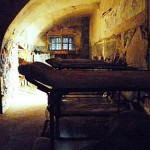
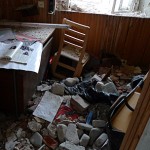
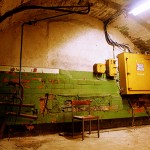
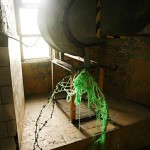
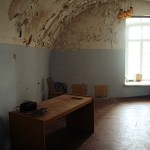
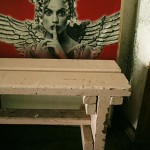
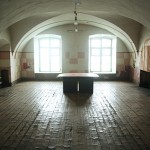
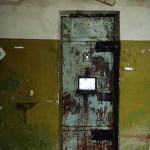
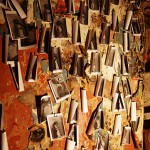
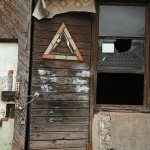
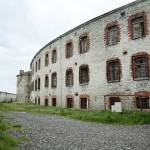
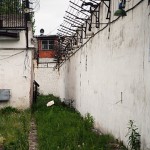
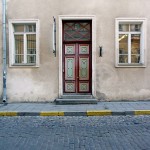
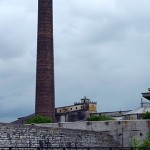
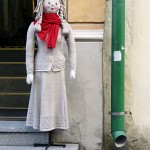
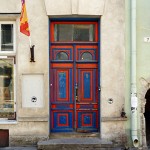
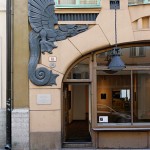
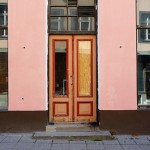
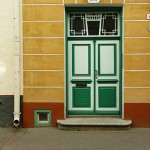
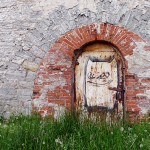
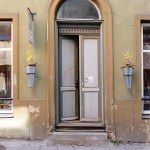
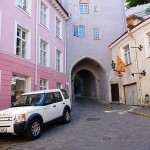
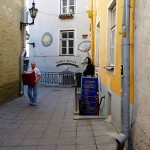
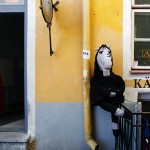
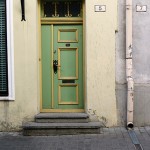
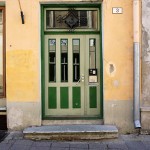
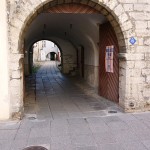
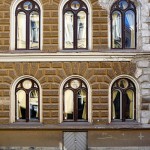
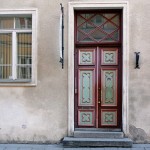
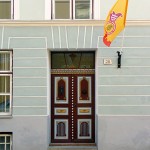
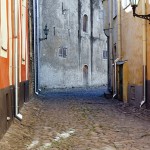
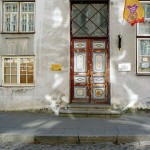
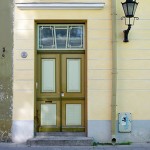
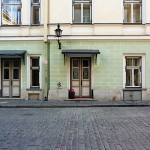
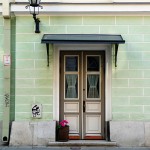
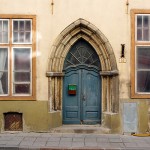
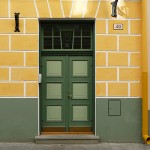

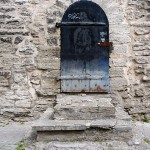
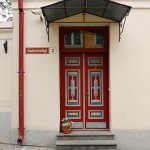
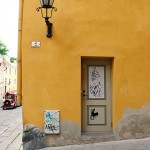
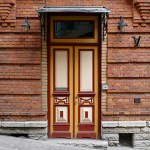
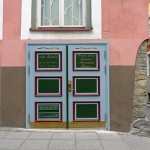
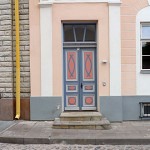
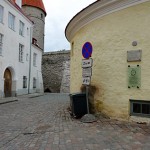

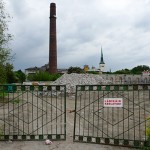
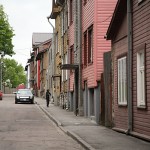
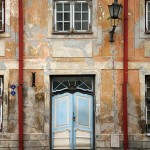
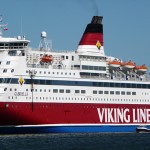
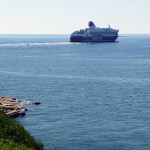
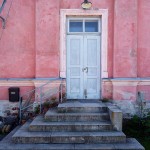
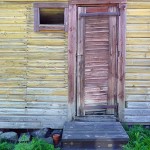
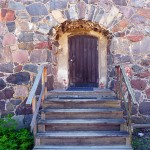
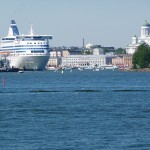
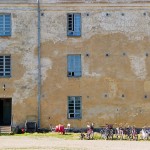
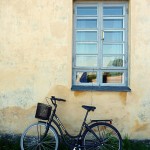
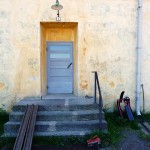
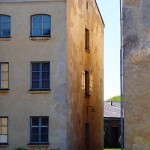
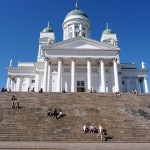
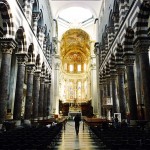
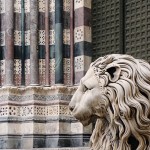
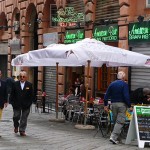
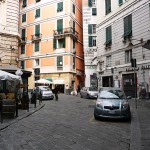
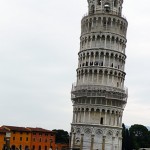
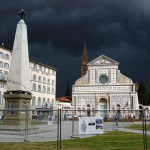
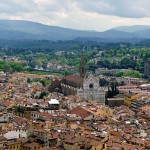
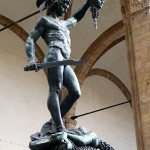
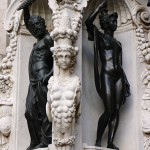
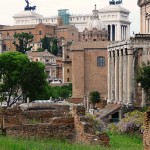
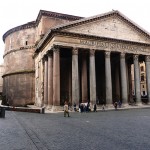
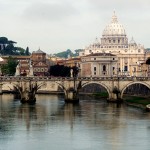
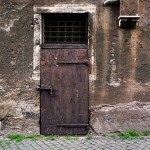
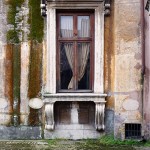
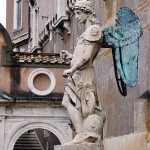
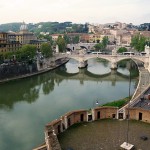
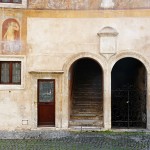
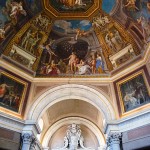
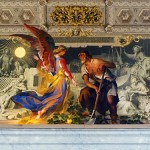
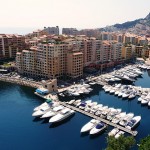
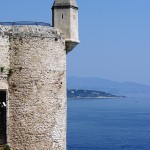
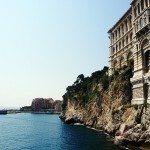
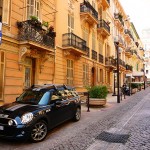
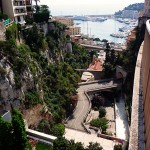
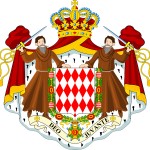
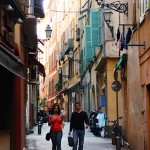
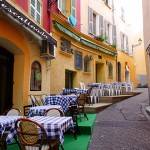
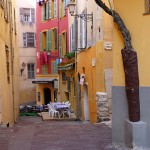
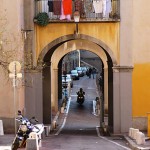
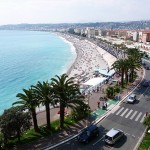
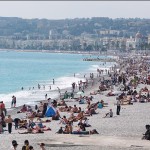
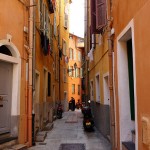
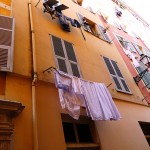
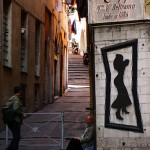
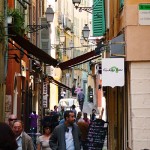
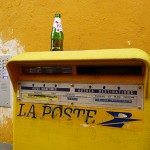
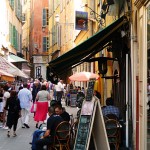
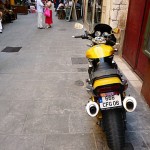

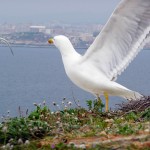
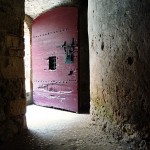
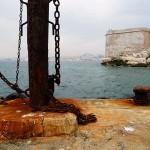
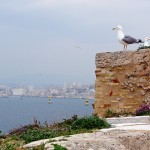
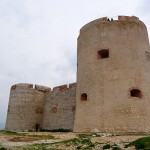
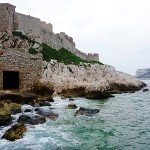
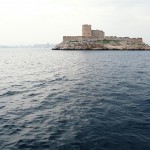
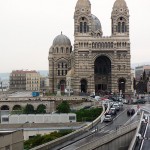
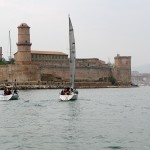
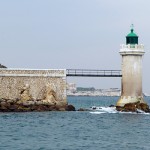
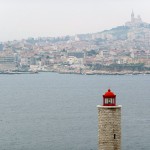
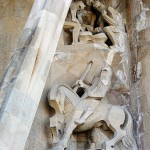
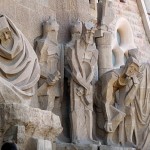
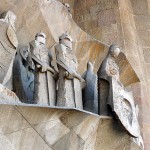
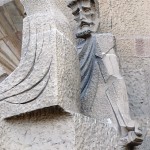
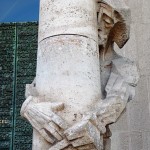
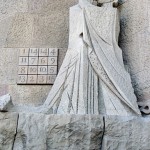
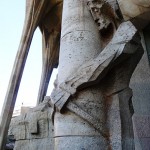
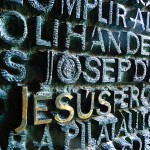
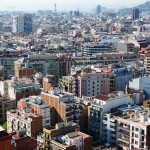
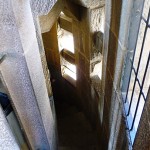
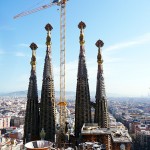
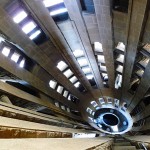
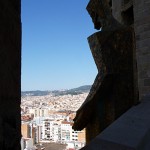
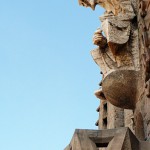
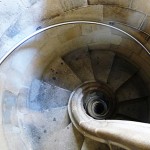
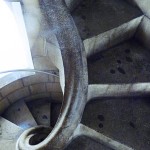
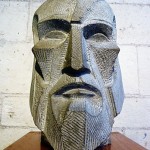
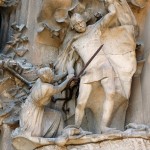
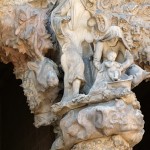
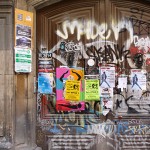
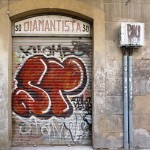
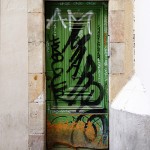
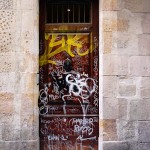
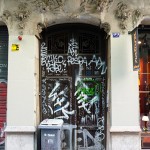
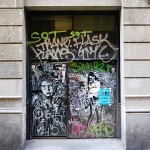
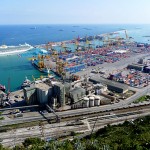
 Click to subscribe via RSS feed
Click to subscribe via RSS feed
